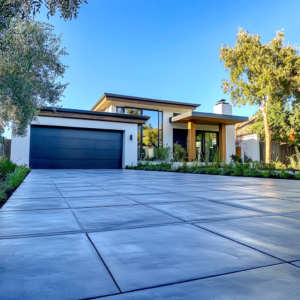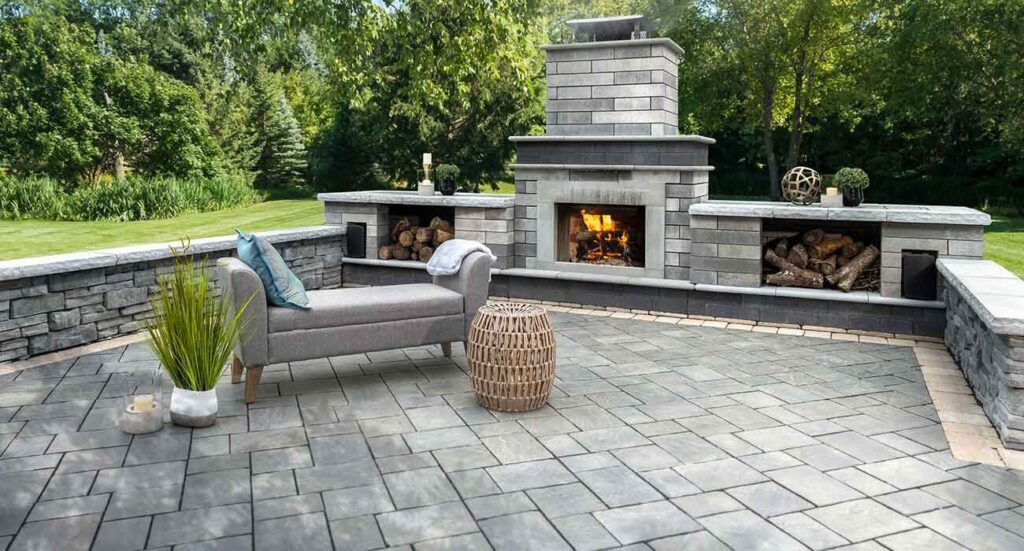
In the world of hardscape, concrete pavers are the absolute kings. They are, by far, the most popular flooring option due to their versatility and durability. This versatility also applies to all the different concrete pavers sizes and shapes.
This article aims to work as a guide to all these options in formats that concrete pavers can present themselves in. We are going to analyze the most commonly found pavers. Hopefully, that will help you understand a little bit more about all the options available.
We will start by giving you an overall of all the possible shapes concrete pavers can be cast on. Then we are going to move to sizes using square pavers as a common measurement.
There is a lot to talk about, so let’s waste no more time and go straight to it.
Jump to:
Concrete Pavers: Sizes and Shapes
Talk about concrete shapes is a challenge.
There are many option in the market, too many to be able to talk about all of them here. And many more continue to be created every day. One of the advantages of concrete pavers is that, since they are man-made, they can assume virtually any format available, it is just a matter of design.
What we can do here is give you a rundown of the most popular concrete pavers you can find in the market.
Squared and Rectangular Pavers
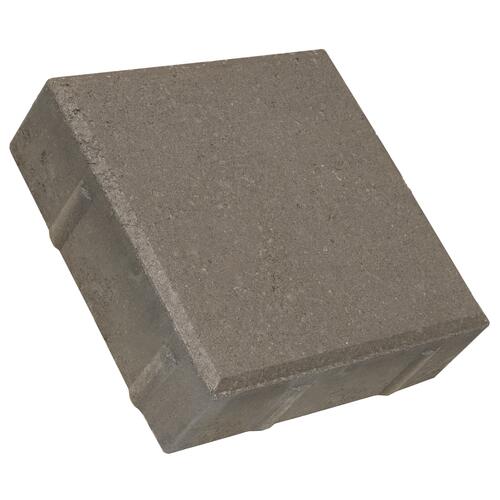
Starting with the most basic shape of all, square and rectangular pavers have been the staple of the industry for centuries. But don’t mistake basic for inferior. Square and rectangular shapes are still, to this day, the go to for many homeowners and professionals.
You won’t find a more reliable and versatile type of paver. They are the ones who have the most variation of sizes between them, as well as many different ratios. You are sure to find a perfect fit for your project amongst square and rectangle pavers.
Dumble Pavers

Pavers belonging in that category already start to take a different shape than most people are used to. Their main characteristic is to have a “crease” in the middle, almost like they were pressed.
The exact form of this crease can take different forms, but all the dumble pavers are wider in the extremities and narrower at the center.
They are much more specific in their applications, not even close to be as versatile as square pavers, But when they do fit in a project, the result is visually stunning.
Hexagonal Pavers
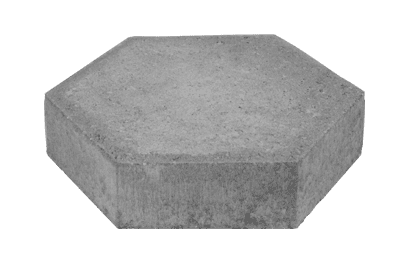
Hexagonal pavers are also a very common shape, and considered to be the one that provides more structure, crating the most resistant type of paver. They are widely used in vehicular flooring applications.
Due to their cost benefit, it is the paver of choice for many government funded constructions, since you get great value in the long term saving on initial costs.
Hexagonal pavers are used for installations that are built to last.
Mirror Pavers
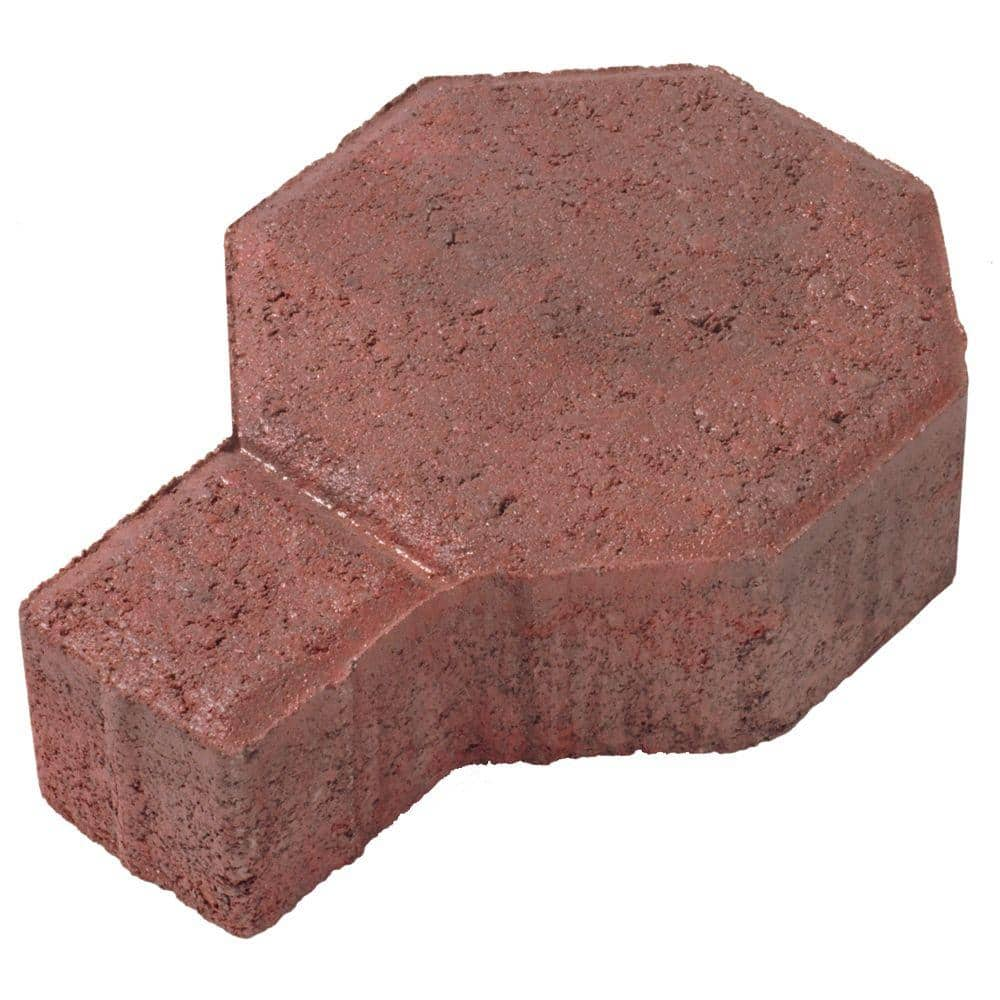
Mirror pavers are very unique in their format. They are basically two pavers in one, with a bigger octagonal shape next to a small squared one. This octagonal shape is made to look more like a square with round edges.
They are widely used in many interlocked systems and can open a lot of room for creative designs.
Fan Shaped Pavers
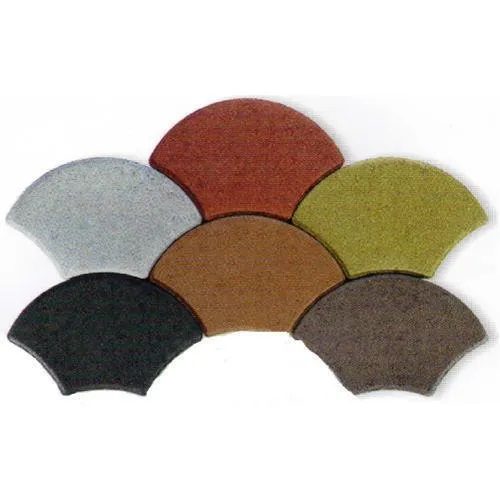
The name is highly suggestive. These pavers are in the shape of a fan. Shocking, right?
Jokes aside, fan shape patterns are very common in many designs. These patterns can be created using a specific combination of pavers that are built with this purpose.
Fan shaped pavers, however, are already build with that format, allowing for smaller designs.
Grass Pavers

These types of pavers have no definite format, they are more like a category within a category. Still, we can’t leave them out.
Environmentally friendly options of hardscape elements are becoming more and more popular. These types of pavers are the best of these options.
Their goal is to be the centerpiece of permeable installations. These installations allow the natural flow of water back to the earth. In some cases, the water can even be stored and recycled.
They receive that name because the idea is that they work alongside natural grass, allowing it to grow between them. Pavers in this category have holes in them where the grass is able to grow.
So they can assume many different shapes, but they all have some form of hole or crevice through which grass can grow. A beautiful permeable paver installation using these pavers really is a sight to behold. For more information about it, refer to this article.
Other Shapes
Honestly, like we mentioned, it is impossible to talk about all possible shapes there are.
Many shapes come in a combination of the previous ones, like the herringbone triangle, which is nothing more than a combination of hexagonal pavers.
Big manufacturers of pavers, like Pavestone and Belgard, with whom we work closely, are constantly creating different designs for their pavers.
Aside from their shape, pavers can have many different textures that almost changes them completely. Looking for the perfect paver for your product is sure to be an adventure.
Paver Sizes
Now that you are familiar with the most common shapes of pavers, it is time for us to discuss their size. But we have an important disclaimer first.
It is no secret to anyone that most pavers installation projects are squared and rectangular in nature. That’s why squared and rectangular pavers are so popular, because they are much easier to fit in your project.
A simple calculation of the area f your project divided by the area of the pavers you want to use will already give you a straight answer of how many pavers you’re going to need.
But this calculation is not as simple for many other paver options. In some case it gets really complex.
The fact is, we’re going to talk about rectangular areas. So here is a chart of the most common sizes of rectangular pavers you can find.
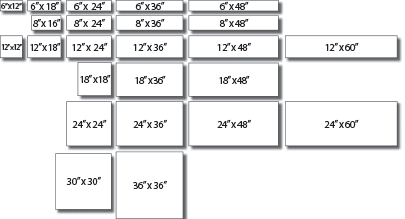
The secret to know the “size” of pavers when they are not squared, is thinking about the minimal size of a square that they would fit in. Here is an example.

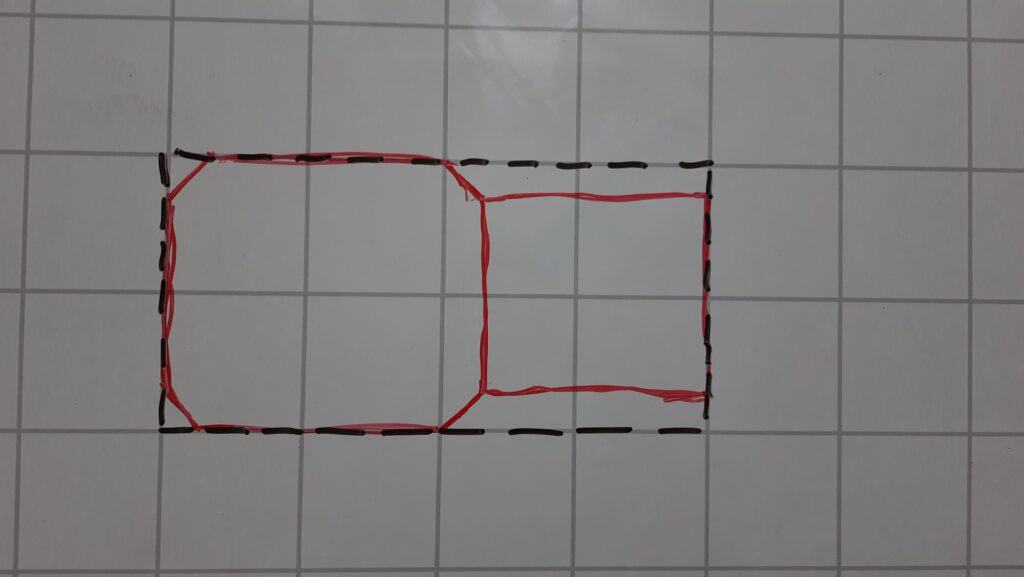
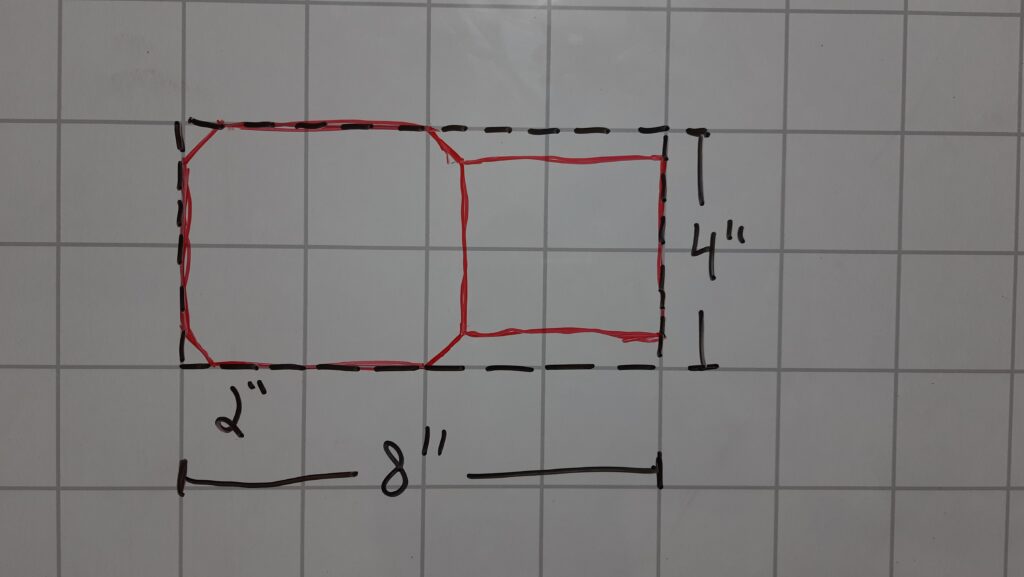
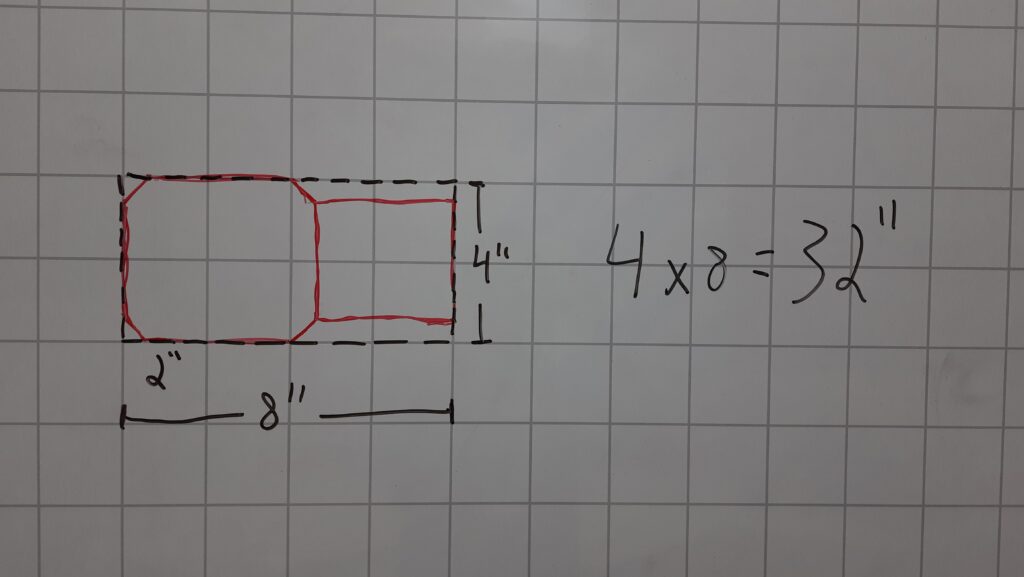
Of course, this is an estimation, that’s why we recommend you always add a surplus of 10% in the amount of pavers you need to buy to make you will have enough for your installation.
Concrete Pavers Sizes and Shapes: Professional Help
With all these options and calculations of concrete pavers sizes and shapes, maybe you feel a little bit overwhelmed by it. There’s no need to worry.
Many homeowners feel the same way when working with pavers for the first time, but hardscape professionals in the field are more than capable to help you choose the perfect paver for your project, both in shape and size.
Helping homeowners with that kind of difficulty, amongst many others in the hardscape field, is something we here at JS Brick have been doing for the past 22 years. We know how important it is to work close with professionals in a hardscape project.
That’s why we always recommend finding a professional in your area you can trust. And if you happen to be in our area of activity, around the Sarasota County, in FL, why not give us a call to help you?
Contact us right now at +1 941 586 9140 or email us at [email protected]. We would be happy to hear from you and help you with any paver and hardscape need you might have.



